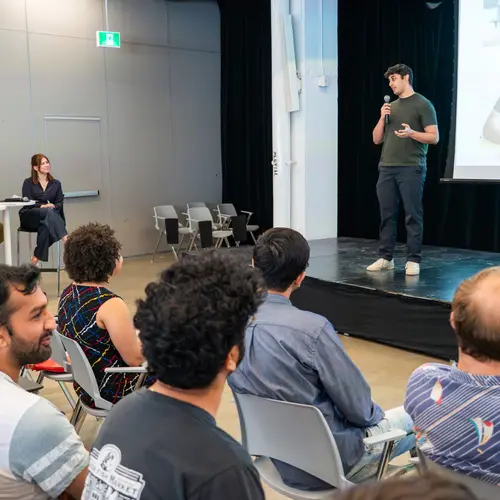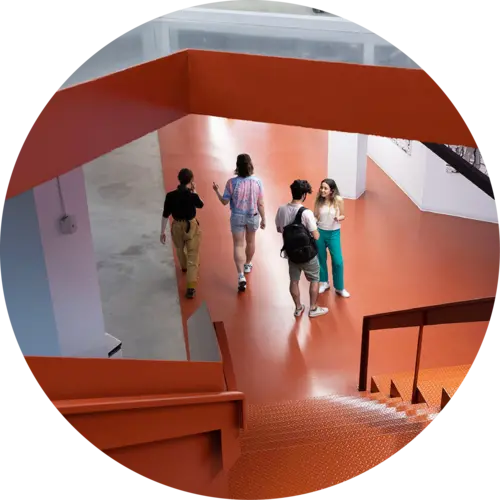
Jin Guo
Biographie
Jin L.C. Guo a obtenu son doctorat à l'Université de Notre Dame. Elle s'intéresse à l'utilisation des techniques d'intelligence artificielle pour résoudre des problèmes de génie logiciel. Ses recherches récentes portent sur la connaissance du domaine minier à partir des données de traçabilité logicielle et sur l'utilisation de ces connaissances pour faciliter les tâches automatisées de génie logiciel telles que la recherche de traces et les questions et réponses sur les projets. Avant son doctorat, elle a travaillé au laboratoire de recherche de Fuji Xerox dans les domaines du traitement de l'image et de la vision par ordinateur.


